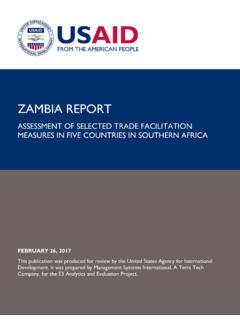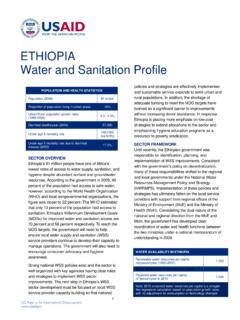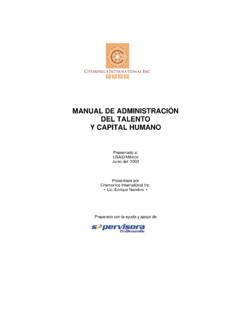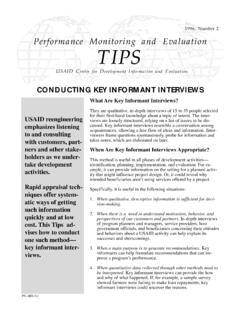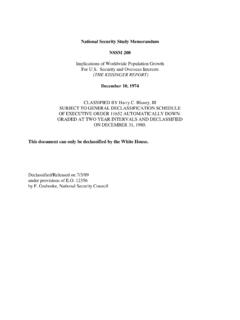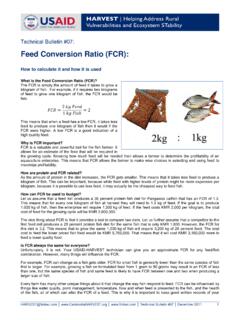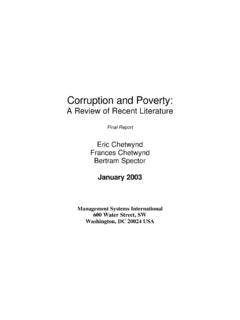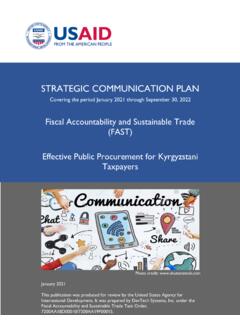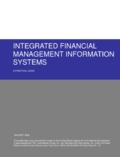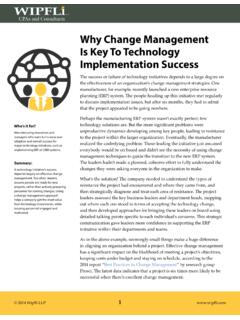Transcription of AFTER-ACTION REVIEW
1 AFTER-ACTION REVIEW . TECHNICAL GUIDANCE. February 2006 PN-ADF-360. Contents Foreword Chapter 1:The AFTER-ACTION Chapter 2: Planning the AFTER-ACTION Chapter 3: Preparing for the AFTER-ACTION Chapter 4: Conducting the AFTER-ACTION Chapter 5: Following Up: Using the Results of the AFTER-ACTION Additional THE AFTER-ACTION REVIEW i Foreword A. s USAID works to achieve its development mission, learning from experience is AFTER-ACTION REVIEW (AAR) is a leadership and knowledge sharing tool that helps professionals within USAID and across the partner community to better understand important events, activities, or knowledge, gleaned from and compiled by those closest to the REVIEW , can be used by senior leadership to improve results and then can be shared with others who are planning, developing, implementing, and evaluating similar efforts.
2 Managed and conducted by those closest to the activity, AARs identify how to correct deficiencies, sustain strengths, and focus on improved performance of specific tasks, activities, events, or programs. It is essential that USAID understands the benefits of the AAR tool. When administered in a climate of openness, honest discussion, clarity, and commitment to identifying and recommending solutions, the AAR. can yield many par ticipants in the REVIEW managers, leaders, and those planning to pursue similar activities in the future . will understand better what was originally intended, what actually happened, what went well and why, and what can be improved and how. Fur thermore, the AAR repor t makes concrete and actionable recommendations for changes and improvements that will impact future success in carrying out this task or similar activities.
3 This handbook the USAID guide on how to plan, prepare, and conduct an AAR was developed by USAID Knowledge for Development (KfD). using the United States Army's TC (Technical Circular) 25-20 as a guide. The Army developed the concept of AARs as an essential training methodology for soldiers in preparing for both combat duty and ongoing programs such as peacekeeping. As the USAID Knowledge for Development leader, I take great pride in presenting the USAID AAR Technical Guidance. I can personally attest to the usefulness and strength of the After Action REVIEW based on my 21. years of service in the Army. I benefited from AARs throughout my THE AFTER-ACTION REVIEW iii former career and continue to benefit from its use in meeting my respon- sibilities within USAID.
4 The KfD team trusts this guidance will be helpful to you as you conduct your own AARs. We encourage your feedback on this guidance and look forward to your suggestions. Please feel free to contact the team at Susan Camarena Wallace Chair, Knowledge for Development Subcommittee Business Transformation Executive Committee iv THE AFTER-ACTION REVIEW . CHAPTER 1. The AFTER-ACTION REVIEW DEFINITION AND PURPOSE. An AFTER-ACTION REVIEW (AAR) is a professional discussion of an event, that focuses on performance standards and enables development professionals and colleagues with similar or shared interests to discover for themselves what happened, why it happened, and how to sustain strengths and improve on AAR tool affords leaders, staff, and par tners an opportunity to gain maximum benefit from every program, activity, or task.
5 It provides: Candid insights into specific strengths and weaknesses from various perspectives Feedback and insight critical to improved performance Details often lacking in evaluation reports alone The AAR is the basis for learning from our successes and failures. A good manager or leader does not learn in a vacuum: the people involved in an activity those closest to it are the ones best poised to identify the learning it offers. No one, regardless of how skilled or experienced they are, will see as much as those who actually carry out the events, program, or AAR is the keystone of the process of learning from successes and failures. Feedback compares the actual output of a process with the intended outcome.
6 By focusing on the desired outcome and by describing specific observations, teams can identify strengths and weaknesses and together decide how to improve shared learning improves team proficiency and promotes bonding, collegiality, and group cohesion. Though not a cure-all for all issues or problems, the AAR provides a starting point for improvements to future activities. Because AAR participants actively discover what happened and why, they can learn and remember more than they would from a critique or more THE AFTER-ACTION REVIEW 1. formal evaluation. A critique only gives one viewpoint and frequently provides little oppor tunity for discussion of events by participants. Other observations and comments may not be climate of a critique, focusing on what is wrong, often prevents candid discussion and stifles opportunities for learning and team building.
7 Refer to Appendix A for a slide that can be used to talk about what the AAR is, is not, and its effectiveness. TYPES OF AARs All AARs follow the same general format, involve the exchange of ideas and observations, and focus on improving training proficiency. AAR. organizers can decide whether the REVIEW will be formal or informal. See Appendix B for a REVIEW of key features. Formal AARs require more resources and involve more detailed planning, coordination, logistical support, supplies, and time for facilitation and report preparation. A facilitator guides the REVIEW discussion, and notes are recorded on flip charts with the help of a dedicated meeting should follow an agenda, using the four guiding questions to set up the meat of the discussion.
8 Following the AAR session itself, a formal report is presented. Recommendations and actionable items are later brought to the attention of Agency management. Informal AARs are usually conducted on-site immediately following an event, activity, or require a different level of preparation, planning, time to be carried out, facilitation, and reporting. Frequently, an informal AAR is carried out by those responsible for the activity, and if necessary, the discussion leader or facilitator can either be identified beforehand or chosen by the team itself. As with a formal AAR, the standard format and questions guide the discussion. Team or project leaders may use informal AARs as on-the-spot coaching tools while reviewing overall group or individual performance.
9 For example, the team could quickly Evaluate performance against a desired standard or established performance objective 2 THE AFTER-ACTION REVIEW . Identify strengths and weaknesses Decide how to improve performance In addition, informal AARs provide instant feedback: ideas and solutions can be immediately put to use, and the team can learn from them for future or similar application. Providing direct feedback, just in time, is a key strength of the informal AAR. PLANNING AND CARRYING OUT THE AAR. The date and time of the AAR should be identified as par t of the planning schedule for the event. It is imperative that the AAR be considered as an integral part of the entire planning process. The AAR process has four steps: Step 1.
10 Planning the AAR. Step 2. Preparing for the AAR. Step 3. Conducting the AAR. Step 4. Following up (using the AAR results). Refer to Chapters 2 through 5 for more details about these four steps. The following char t summarizes the actions leaders should follow to ensure effective AARs. THE AFTER-ACTION REVIEW 3. The AAR Process Planning the AAR. Identify an event or activity to be reviewed Identify the primary point of contact for the REVIEW Determine when the AAR will occur Decide who will attend the AAR. Select when and where the AAR will take place (plan for no more than 90 minutes). Confirm who will support the AAR. (technical lead, champion, point of contact, scribe). Preparing for the AAR. Select a facilitator Confirm the venue and agenda Obtain input from interested parties Announce the AAR and compile list of attendees Make logistical arrangements and set up the venue Conducting the AAR.
